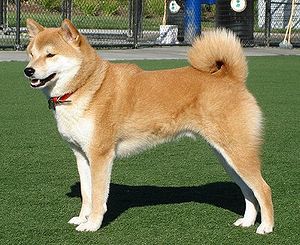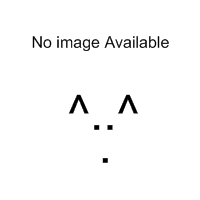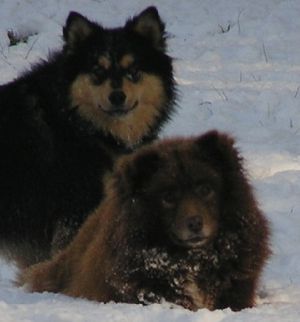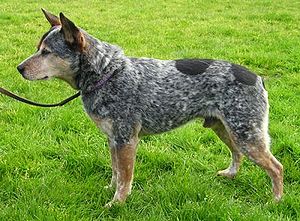 |
| Vital Statistics: |
| Place of Origin: Japan |
| Group: Companion |
| Height: males 14 1/2-16 1/2 in., females 13 1/2-15 1/2 in. |
| Weight: males 23 lbs., females 17 lbs. |
| Life span: 12-15 yrs. |
| Trainability: moderate |
| Good with children: yes, with early socialization |
| Good with other pets: may be dog-aggressive, high prey drive, may chase small animals |
What is the origin of the Shiba Inu?
The Shiba Inu was originally a hunting dog and may date back as early as 300 B.C. The name Shiba-Inu is a Nagano prefecture dialect word meaning “Little Brushwood Dog”. The Shiba Inu is thought to have originated from an ancitnet dog breed developed as early as the 1500 B.C. Skeletal remains and drawings of prick-eared, curled tailed dogs resembling the shiba suggest that this breed is one of the oldest of modern day dogs. Like many of the Japanese dog breeds, the Shiba was bred for hunting wild boar and deer and originates from mountainous, landlocked parts of Japan.
It is the smallest of Japanese Inu dogs. After World War II, in order to save the breed, the different types of Shiba Inu were interbred to create a stronger dog. Their first appearance in the U.S. was in 1954.
What does the Shiba Inu look like?
The Shiba Inu is a compact, muscular dog, 13 1/2-16 1/2 inches tall and weighing 17-23 lbs. Eyes are triangular looking. Ears are triangular and tilt forward. Feet are called cat-like. The tail is curved over the back. The coat is short or medium in length, straight and stiff. Colors are red, red with black overlay or black with tan. They can have some white markings. The double coat should be brushed once or twice a week.
The Shiba Inus coat is designed to be waterproof and helps protect them from freezing temperatures so there is little need to bathe them regularly. Shedding is heaviest for the Shiba during the hot months but can be easily brushed away.
What is the temperament of the Shiba Inu?
Shibas are independent, brave and intelligent. They learn quickly and should have early obedience training and socialization. Shibas are sometimes aggressive with strange dogs. They may see small animals as prey. They are naturally clean dogs and housetrain easily.
Shibas are loyal and affectionate with people they respect. Because of their strong prey drive, they should be leashed when walking outdoors. Shibas need a vigorous, long walk and a run in a secure area daily.
What is the Shiba Inu used for?
The Shiba performs in agility, tracking and hunting trials. It is also a good guard dog. The Shiba is primarily thought of as a companion dog and is the #1 companion dog in Japan.
Possible Health Issues
Hip dysplasia, eye problems, patellar luxation, allergies, periodontal disease
- Alaskan Klee Kai
- Bichon Frise
- Bichpoo
- Brussels Griffon
- Bull Terrier
- Bulldog
- Cardigan Welsh Corgi
- Cavalier King Charles Spaniel
- Chihuahua
- Chinese Crested
- Coton de Tulear
- Eurasier
- French Bulldog
- German Spitz (Giant, Standard, Toy)
- Hairless Khala
- Havanese
- Japanese Chin
- Japanese Chin Dog
- Keeshond
- Lhasa Apso
- Lowchen
- Maltese
- Mi Ki
- Miniature Pinscher
- Moscow Toy Terrier
- Norwegian Lundehund
- Papillon
- Pekingese
- Pomeranian
- Poodle
- Portuguese Water Dog
- Pug
- Sanshu
- Schipperke
- Schnorgi
- Shih-Tzu
- Tibetan Spaniel
- Yorkshire Terrier



